The steps of change
After the Democratic Republic of Vietnam was born, on November 14, 1945, the Government Council decided to establish the Ministry of Agriculture at the request of President Ho Chi Minh and appointed Mr. Cu Huy Can, a Minister without a Ministry in the Provisional Government, to hold the position of Minister of Agriculture. The Ministry of Agriculture was responsible for solving the famine and drafting a program for agricultural economic construction and laying the first foundations for that construction. On May 8, 1946, President Ho Chi Minh signed Decree No. 62 regulating the Departments under the Ministry of Agriculture, including the Department of Agriculture. This was the predecessor of the Department of Crop Production and Plant Protection, under the Ministry of Agriculture and Environment today.
From the mission of "eradicating hunger" after the victory of the August Revolution, on September 2, 1945, the Democratic Republic of Vietnam was born until today, after nearly 80 years of formation and development, the Department of Crop Production and Plant Protection today has had many changes and made many important contributions to the cause of national liberation, the cause of innovation and economic development of the country.

In the period 2015 - 2025, the global development situation has many profound changes. In Vietnam, the need to increase the economic growth rate to double digits in the coming time has begun to promote the process of industrialization and urbanization to a higher speed, along with the strong impacts of the economic integration process will increase competition for resources with agricultural production, at the same time there will be huge changes in the population structure moving to live in urban areas, a large number of workers will move to non-agricultural, large areas of land will be withdrawn from agricultural production, while the population aging process is taking place rapidly...
Along with that process is the revolution in organization, expanding the scale of the area and tasks for the commune and ward levels; abolishing the district and county levels and merging provinces and cities; coordinating ministries and branches and reducing the management apparatus, adjusting a series of laws and policies on a national scale in a very short time, which are creating new opportunities and challenges.
In response to that context, a series of new policies have been introduced: the Law on Crop Production 2018 and Decree No. 109/2018/ND-CP dated August 29, 2019 on organic agriculture create a legal corridor for the development of organic production, increasing the value and ability to export agricultural products to demanding markets. At the same time, Decree No. 57/2018/ND-CP dated April 17, 2018 on policies to encourage enterprises to invest in agriculture and rural areas has contributed to promoting the role of enterprises in the agricultural value chain.
The Project on Restructuring the Agricultural Sector issued by the Prime Minister under Decision 899/QD-TTg dated June 10, 2013 continues to be implemented, focusing on three key orientations: exploiting and developing advantageous products; developing value chains, linking production with processing and markets; innovating production and business institutions. In practice, many new production models have emerged, and farmers' income has improved significantly compared to the traditional model.
After 5 years of restructuring, the industry's productivity has increased significantly. Agriculture has become the "pillar" of the economy. The proportion of products of the crop industry with advantages and high markets such as vegetables, flowers, tropical fruits, and long-term industrial crops has increased rapidly. The export turnover of agricultural, forestry and fishery products in the period of 2016 - 2020 reached an impressive level, making an important contribution to economic growth. The ICOR coefficient of agriculture in this period was lower than that of industry and services (except for the years 2016 and 2019), showing high investment efficiency. Although investment capital for agriculture only accounts for 5.7 - 6.3% of total social investment capital, this sector still generates 14 - 16% of the country's GDP.
Notably, in 2020, when the COVID-19 pandemic caused global trade to decline, rice exports still set a record price, averaging 500 USD/ton; volume decreased by 3.5% but value increased by 9.3%, surpassing the 3 billion USD mark. The total export value of agricultural products reached 41.2 billion USD, affirming the key role of agriculture in stabilizing the national economy.
Demonstrate a strategic role in the country's economic development
In 2022, the Government approved the Strategy for Sustainable Agricultural and Rural Development for the 2021-2030 period, with a vision to 2050 (Decision No. 150/QD-TTg), transforming agriculture to be more sustainable and effective. The 13th Party Central Committee issued Resolution No. 19-NQ/TW.
Also in this year, the 5th Conference of the Party Central Committee issued Resolution 19 "On agriculture, farmers, and rural areas to 2030, with a vision to 2045" affirming that agriculture, farmers, and rural areas have a strategic position in the cause of industrialization and modernization of the country. Agriculture is the advantage and sustainable foundation of the country, rural areas are an important economic development area, a key space associated with natural resources, cultural and social foundations, ensuring security and national defense of the country.
Farmers are an important labor force and human resource. Agricultural, farmer and rural issues must be resolved synchronously, in conjunction with the process of promoting industrialization and modernization of the country. Agricultural development is based on the perspective of ecological agriculture, modern countryside, and civilized farmers.
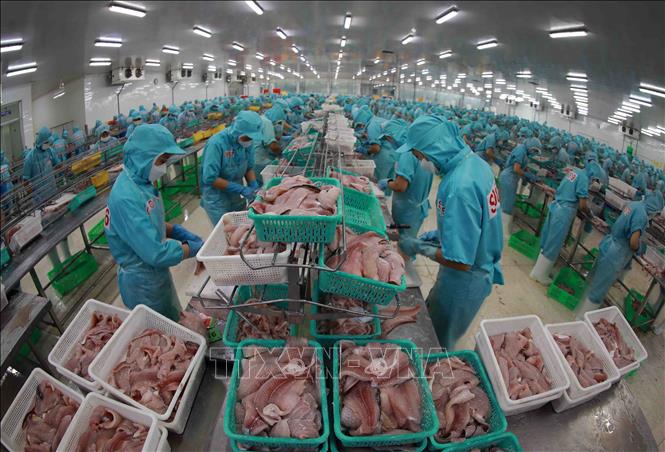
The National Strategy on Green Growth (2021) orients economic restructuring towards harmonizing growth and environmental protection, based on science and technology, innovation, efficient use of resources, emission reduction, enhancing competitiveness and resilience, ensuring inclusiveness and social equity, meeting the sustainable development requirements of Vietnam and the world. Vietnam delivered a message at the United Nations Food Systems Summit (UNFSS) organized by the United Nations in September 2021: Vietnam will be a Transparent - Responsible - Sustainable food and food supplier.
Continuing to innovate leadership thinking, the Party issued 04 important Resolutions - "four breakthroughs" including: Resolution No. 57-NQ/TW dated December 22, 2024 of the Politburo on promoting science and technology, innovation and national digital transformation; Resolution 66-NQ/TW dated April 30, 2025 on comprehensive innovation in law-making and enforcement; Resolution 68-NQ/TW dated May 4, 2025 on strongly developing the private economic sector; Resolution No. 59-NQ/TW dated July 29, 2025 on "International integration in the new situation".
Thanks to the Party's correct orientations, flexible, effective and timely policies, and the Government's drastic management, the economy in general has grown strongly during this period, and agriculture in particular has always been a bright spot and clearly demonstrated to be the "pillar" of the economy. The restructuring of the agricultural sector has become more substantial and effective; the scale and level of production have been improved, shifting strongly to commodity production on the basis of promoting the advantages of each region and area, shifting towards modernization.
In the 2021-2024 period, agricultural GDP growth will reach 3.57%/year. In 2024, total agricultural and forestry export turnover will reach a record high of 62.4 billion USD, up 18.7% compared to 2023. Of which, agricultural export turnover will reach 32.8 billion USD, up 22.4% compared to 2023. Notably, fruit and vegetable exports will reach 7.2 billion USD, up 28.2% over the previous year, with outstanding products such as durian, banana, mango and jackfruit.
The export turnover of agricultural, forestry and fishery products in October 2025 is estimated at 5.96 billion USD, up 6.3% compared to October 2024; bringing the total export turnover of agricultural, forestry and fishery products in 10 months to 58.13 billion USD, up 12.9% over the same period in 2024. Of which, the export value of agricultural products reached 31.34 billion USD, up 15.5%; livestock products reached 512.9 million USD, up 19%; aquatic products reached 9.31 billion USD, up 12.9%; forestry products reached 14.93 billion USD, up 5.8%...
Vietnamese agricultural products are present in 196 countries and territories, ranking 2nd in Southeast Asia and 15th in the world. Vietnam's agricultural exports continue to record many highlights, especially the growth in export value mainly coming from the increase in selling prices. Items such as coffee, cashew nuts, and pepper all recorded high export price increases compared to the same period in 2024.
Looking back on the 80-year journey of building and developing the country, each step of growth of the Cultivation and Plant Protection sector is closely linked to the Party's correct guidelines and the State's reasonable policies. When the policy is wise, the economy develops, and people's lives are prosperous; when there are difficulties and obstacles, the whole sector still steadfastly overcomes challenges, affirming its pivotal role.
During the period of revolution for independence and resistance war to protect the Fatherland, the industry has made an important contribution to ensuring food security, mobilizing human and material resources for the front line. In the renovation process, agriculture has pioneered reform, breaking barriers to find new directions, paving the way to help the country overcome the most difficult period. Entering the integration period, agriculture has brought Vietnamese agricultural products and labor to all five continents, raising the country's position in the international arena. Plant protection, environmental protection and resource management always go hand in hand, contributing to preserving the ecological foundation, preventing natural disasters, adapting to climate change, making the country greener, cleaner, and more sustainable.
With continuous efforts, the Agriculture and Rural Development sector in general, and Crop Production and Plant Protection in particular, have always demonstrated their strategic role: as a great revolutionary force in building and defending the country; as a solid pillar of the economy in all fluctuations; as a foundation for poverty reduction and socio-political stability; as a pioneer in policy and institutional innovation; as an important driving force for the country's industrialization, modernization and urbanization.
Source: https://baotintuc.vn/kinh-te/80-nam-nganh-nong-nghiep-va-moi-truong-tu-diet-giac-doi-den-cuong-quoc-xuat-khau-nong-san-20251110113916891.htm








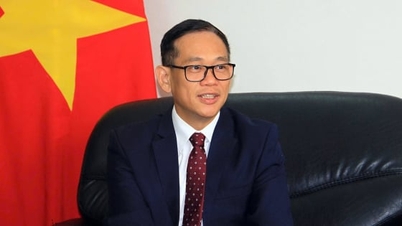



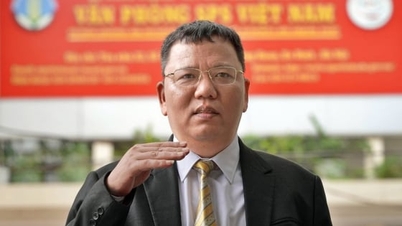

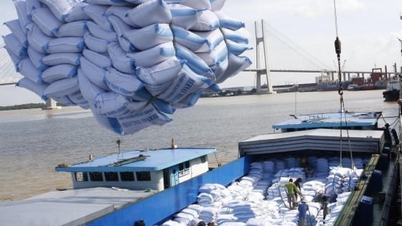

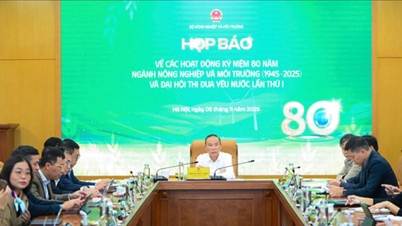




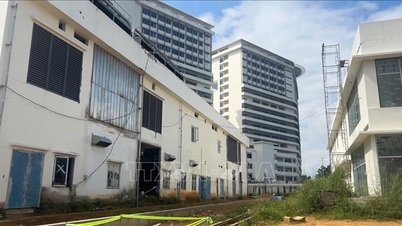











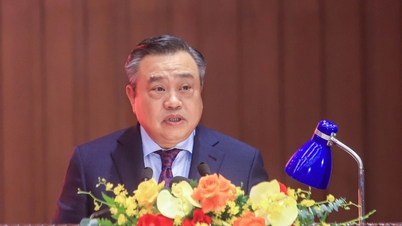
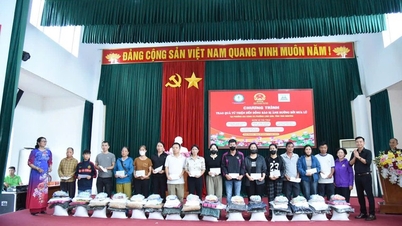









































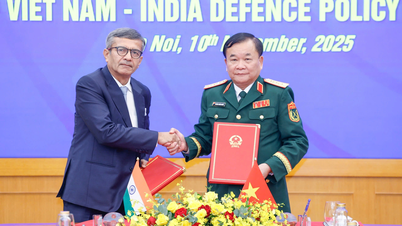


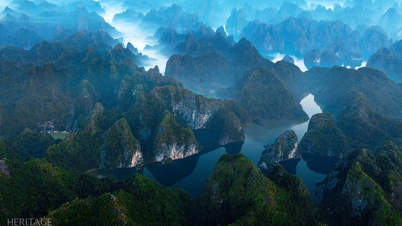
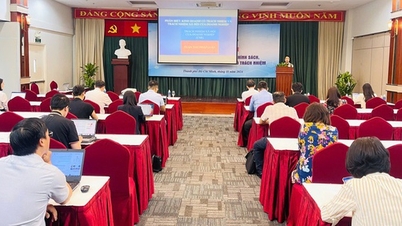






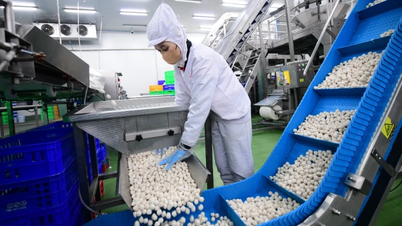





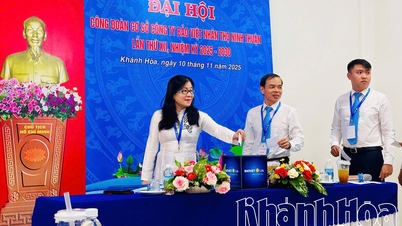


![Dong Nai OCOP transition: [Article 3] Linking tourism with OCOP product consumption](https://vphoto.vietnam.vn/thumb/402x226/vietnam/resource/IMAGE/2025/11/10/1762739199309_1324-2740-7_n-162543_981.jpeg)









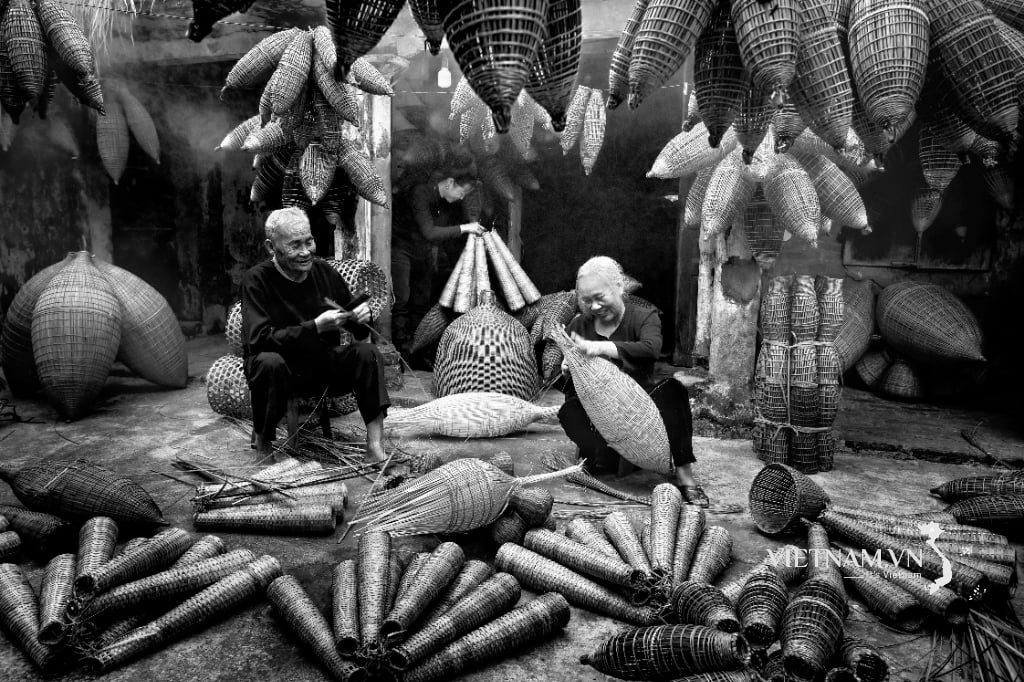

Comment (0)